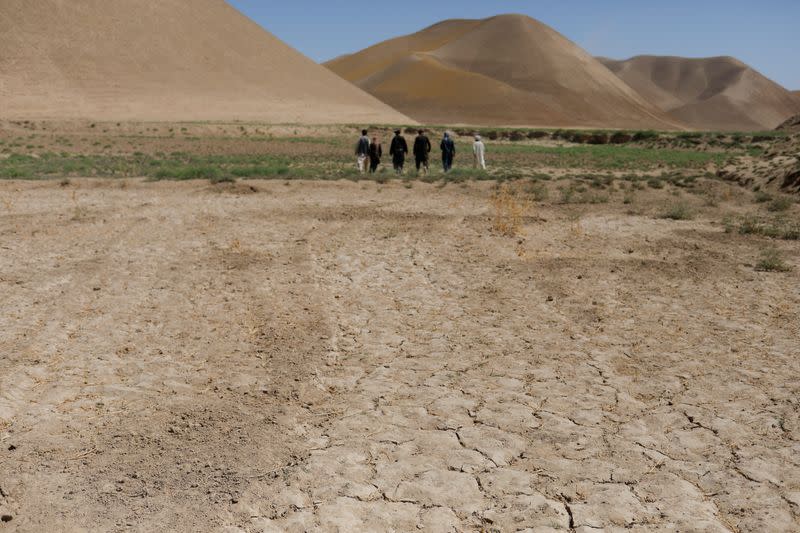Asia was the most disaster-prone region in the world last year, rocked by dozens of floods, storms and other climate-related dramas, according to the World Meteorological Organization (WMO).
Some 79 disasters linked to hydro-meteorological events were reported in Asia in 2023, the WMO said in a report published on Tuesday. Over 80% of these were floods and storms that caused more than 2,000 deaths.
“Many countries in the region experienced their hottest year on record in 2023, along with a barrage of extreme conditions, from droughts and heatwaves to floods and storms,” WMO Secretary-General Celeste Saulo said.
“Climate change exacerbated the frequency and severity of such events.”
ALSO SEE: Record Rains See Floods Swamp China’s ‘Factory Floor’
Glaciers losing mass
Asia is warming quicker than the global average, according to WMO. Last year, high average temperatures were recorded from western Siberia to central Asia, as well as from eastern China to Japan.
The report also highlighted that most glaciers in the high-mountain region in Asia had loss significant mass because of record-breaking high temperatures and dry conditions.
Meanwhile, Europe is increasingly facing bouts of heat so intense that the human body cannot cope, as climate change continues to raise temperatures, the EU’s Copernicus climate monitoring service and the World Meteorological Organization said.
In a report on Europe’s climate, Copernicus and the WMO noted last year’s extreme conditions, including a July heatwave which pushed 41% of southern Europe into strong, very strong or extreme heat stress – the biggest area of Europe under such conditions in any day on record.
Extreme heat deaths up 30% in Europe
Extreme heat poses particular health risks to outdoor workers, the elderly, and people with existing conditions like cardiovascular diseases and diabetes.
Parts of Italy recorded 7% more deaths than normal last July, with victims including a 44-year-old man painting road markings in the northern town of Lodi who collapsed and died.
Heat stress measures the impact that the environment has on the human body, combining factors like temperature, humidity and the body’s response, to establish a “feels like” temperature.
Parts of Spain, France, Italy and Greece experienced up to ten days of extreme heat stress in 2023, defined as a “feels like” temperature of more than 46 degrees Celsius, at which point immediate action must be taken to avoid heat stroke and other health issues.
Deaths related to heat have increased by around 30% in Europe in the last 20 years, the report said.
The EU’s environment agency urged governments last month to prepare healthcare systems for climate change and called for EU rules to protect outdoor workers from extreme heat.
Last year was the world’s hottest since records began. Europe is the world’s fastest-warming continent.
Greenhouse gas emissions were the biggest cause of last year’s exceptional heat, the report said. Factors including the El Nino weather pattern also played a role.
The heat fuelled extreme weather including flooding, since the warmer atmosphere can hold more moisture, causing heavier downpours when it is released.
Floods in Slovenia last year affected 1.5 million people. Greece suffered the EU’s biggest wildfire on record which, at 960 square km, was twice the size of Athens. Alpine glaciers lost 10% of their remaining volume during 2022 and 2023.
“Some of the events of 2023 took the scientific community by surprise because of their intensity, their speed of onset, extent and duration,” Carlo Buontempo, director of the Copernicus Climate Change Service, said.
- Reuters with additional editing by Jim Pollard
ALSO SEE:
Floods, Droughts, Earthquake, Big Freeze Cost China $3.3bn
China’s Hebei Province Faces Two Years of Flood Repairs
Impact of Floods in China From Typhoon Doksuri Rises
Typhoons, Floods, Heatwaves Cost China Economy $5.7bn in July
























